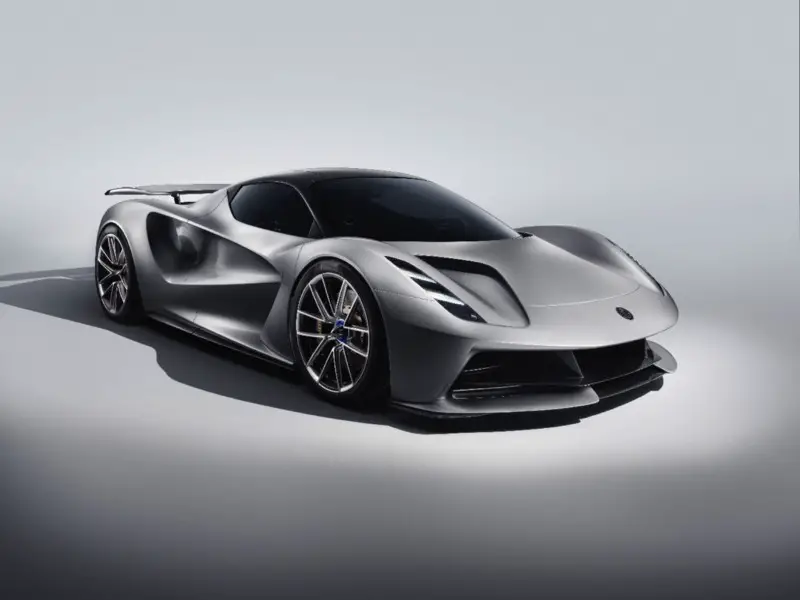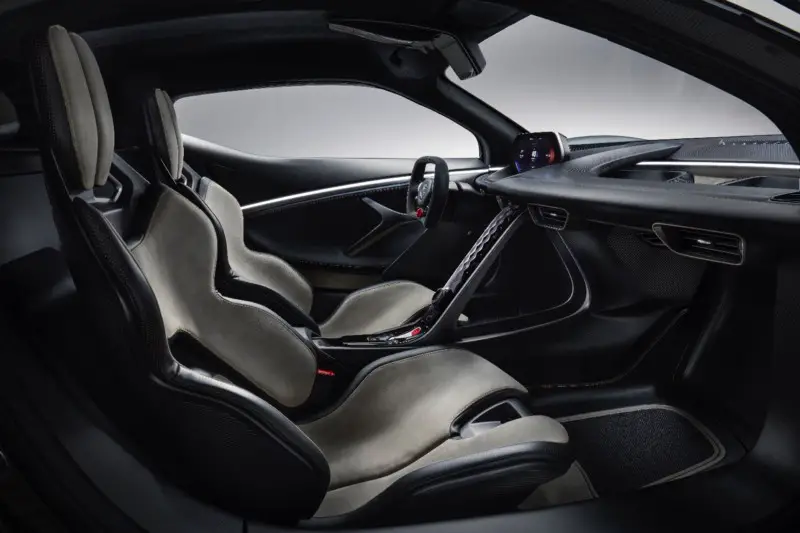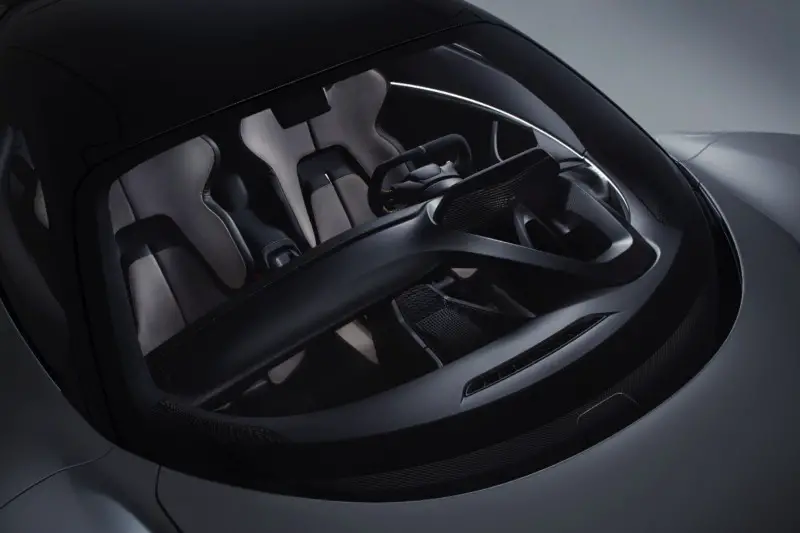Lotus Evija Electric Hypercar
British carmaker Lotus has unveiled the first car fully developed since the company got bought by Chinese automotive group Geely. The car…


British carmaker Lotus has unveiled the first car fully developed since the company got bought by Chinese automotive group Geely. The car dubbed the Evija but pronounced as “E-vi-ya” wil be among the fastest cars when it starts its production in 2020. Evija comes fitted with carbon fiber, battery-electric beast billed as the world’s most powerful production car., 1,973 horsepower and 1,254 pound-feet of torque generated by four electric motors, or enough for 0–60 mph acceleration in well under 3.0 seconds, 0–186 mph acceleration in under 9.0 seconds, and a top speed somewhere above 200 mph.
For Lotus, the car represents a new beginning. CEO Phil Popham said the Evija will “re-establish our brand in the hearts and minds of sports car fans.” For everyone else, it’s a car that wants to go toe-to-toe with Tesla’s Roadster in every way possible. Except for affordability. This is apparently what you get when you pay £1.7 million (over $2.1 million) for your next EV.
Unlike some other electric hypercar projects, Lotus is keen to back up its numbers on the track. The time to beat is the 6:44.97 set by Lamborghini with its Aventador SVJ in 2018. The new Lotus can beat the Nio EP9 electric hypercar that was developed in 2017.
Most EV batteries aren’t designed to deliver the high power necessary for the extended periods that you need to complete a lap of the 12.9-mile German circuit. In previous attempts, the battery either overheated or was drained too early.
However, Lotus has designed the Evija’s 70-kilowatt-hour lithium-ion battery to deliver its peak power for up to seven minutes before it puts a cap on the fun. An element that makes this possible is the battery’s active cooling, which also has the benefit of allowing the battery to charge quickly, even at rates of up to 800 kilowatts charger can fully replenish itself in nine minutes, which isn’t actually available at any public charging stations.
Inside, inspiration is taken from 1950s race cars, with a ‘floating wing’ dashboard which you can see from outside the car. According to Design Director Russell Carr, it “represents a typically Lotus approach because it performs multiple functions”. Not only does it house the instrument panel and air ducts, but it’s also core to the support structure of the car. In-person, it’s glossy, beautiful and expensive-looking. The contours of the sides mean that there are literally holes that punch through the profile of the car for the sake of airflow, and presumably, style.

The design of the steering wheel and dash looks like that of Evoke F1 imagery and sports cars. The wheel is finished in luxurious Alcantara (there’s a leather option too, don’t worry), with a mode controller in the steering wheel’s center to swap between Range, City, Tour, Sport, and Track. Just behind the steering wheel is a digital display with all the hypercar’s vitals. It’s the only screen, and Lotus have intentionally made it unfussy, broadcasting only essential functions and information.

More controls, in the center console, have touch-sensitive haptic feedback buttons, with light tracing the buttons as your fingers glide over them. Lotus doesn’t want you to forget that its a luxury car.
Back in the real world, using charging technology that actually exists (a 350kW charger is currently the most powerful), the Evija’s charge time will still only be 18 mins to get to 100 percent. Range-wise, the car can run up to 270 miles, based on the New European Driving Cycle Combined Cycle.
Its mid-mounted battery pack is the lightest, most energy-dense, electric power package ever fitted to a road car — and as a sign of that, the Evija is shooting for a target weight of 1680kg. If it gets there, Lotus will have made be the lightest “pure electric” hypercar in production.

Given the price, the Evija is a not-shocking limited run: only 130 of these will hit the roads around old money, start-up millionaires and the other one-percenters. This will be the first Lotus car coming from its new owners, Geely, which also owns Volvo. That could mean if the car is a hit, that less pricey cars for mere mortals like us will get the drip-down effect of this carbon-fiber encased halo car, with at least some of the specs and features.
Production on the Evija will kick off in 2020.




